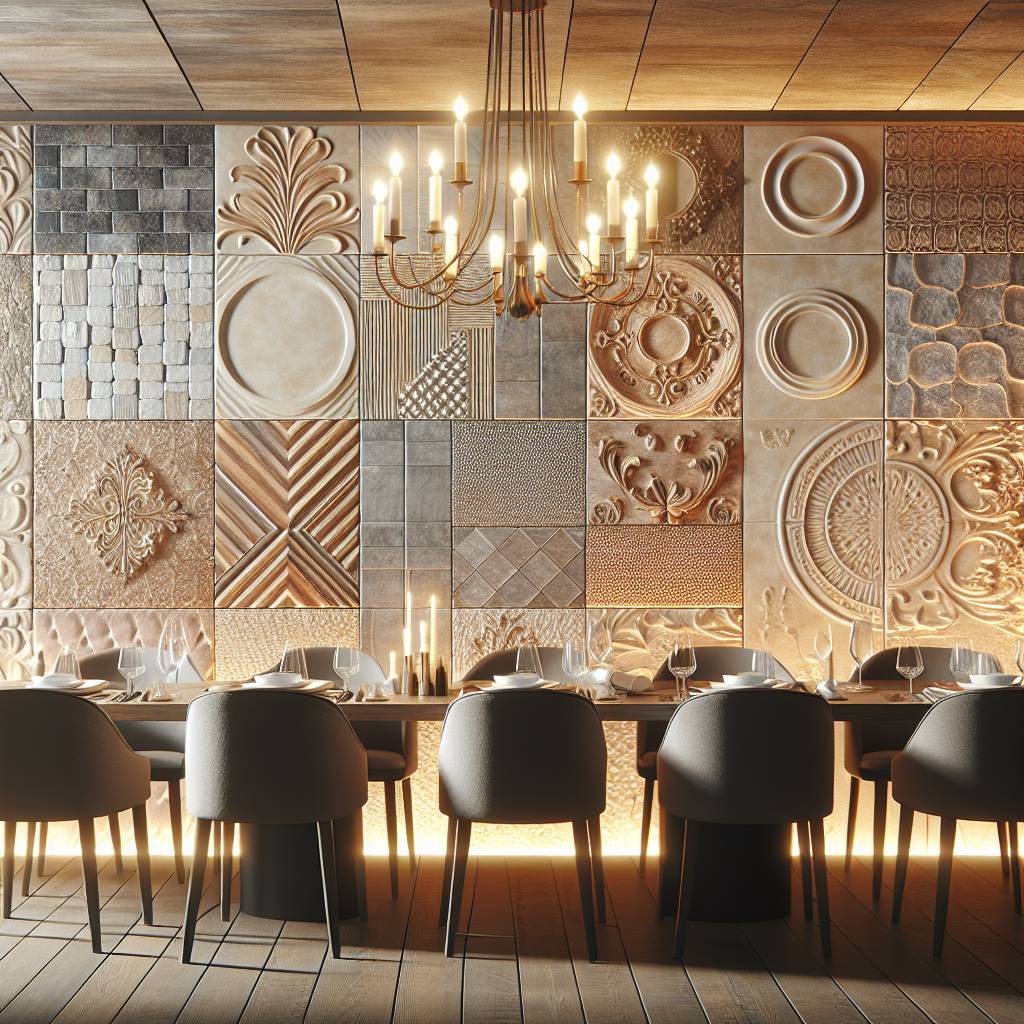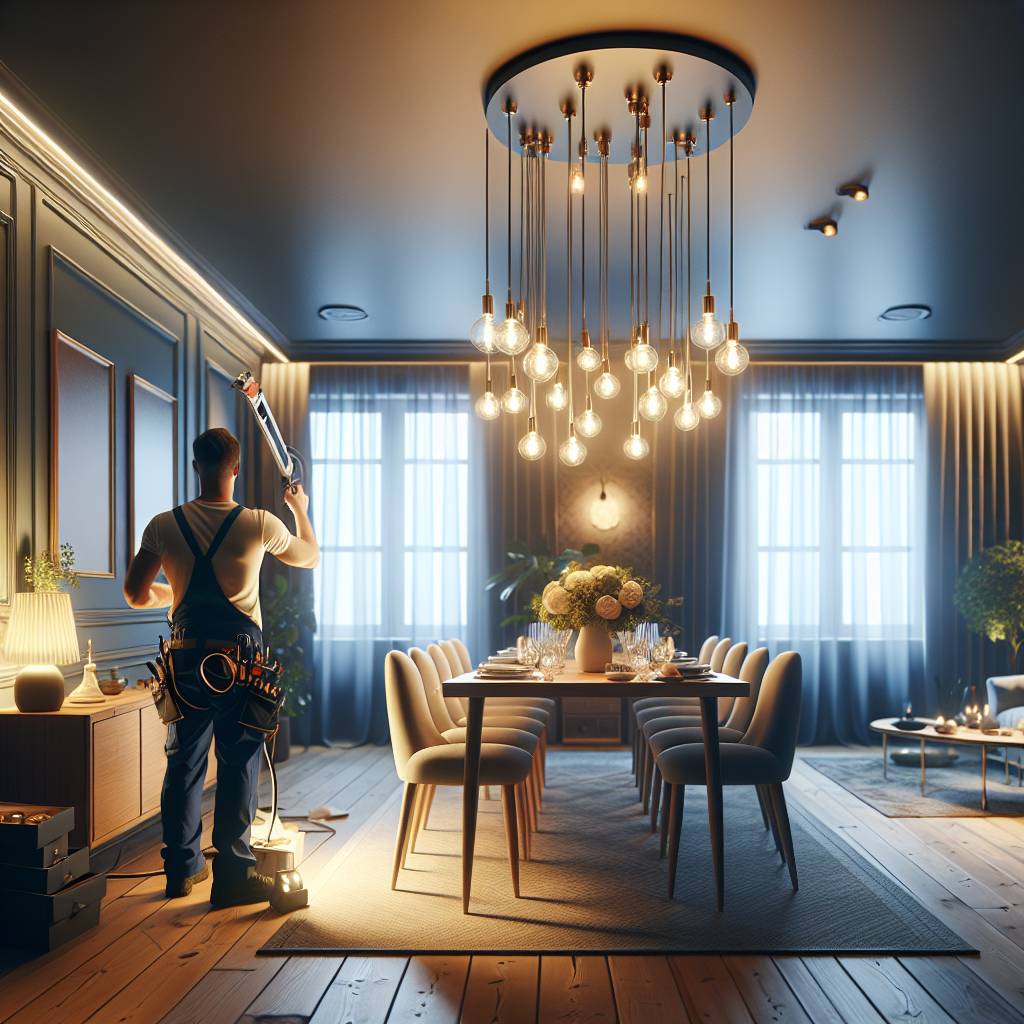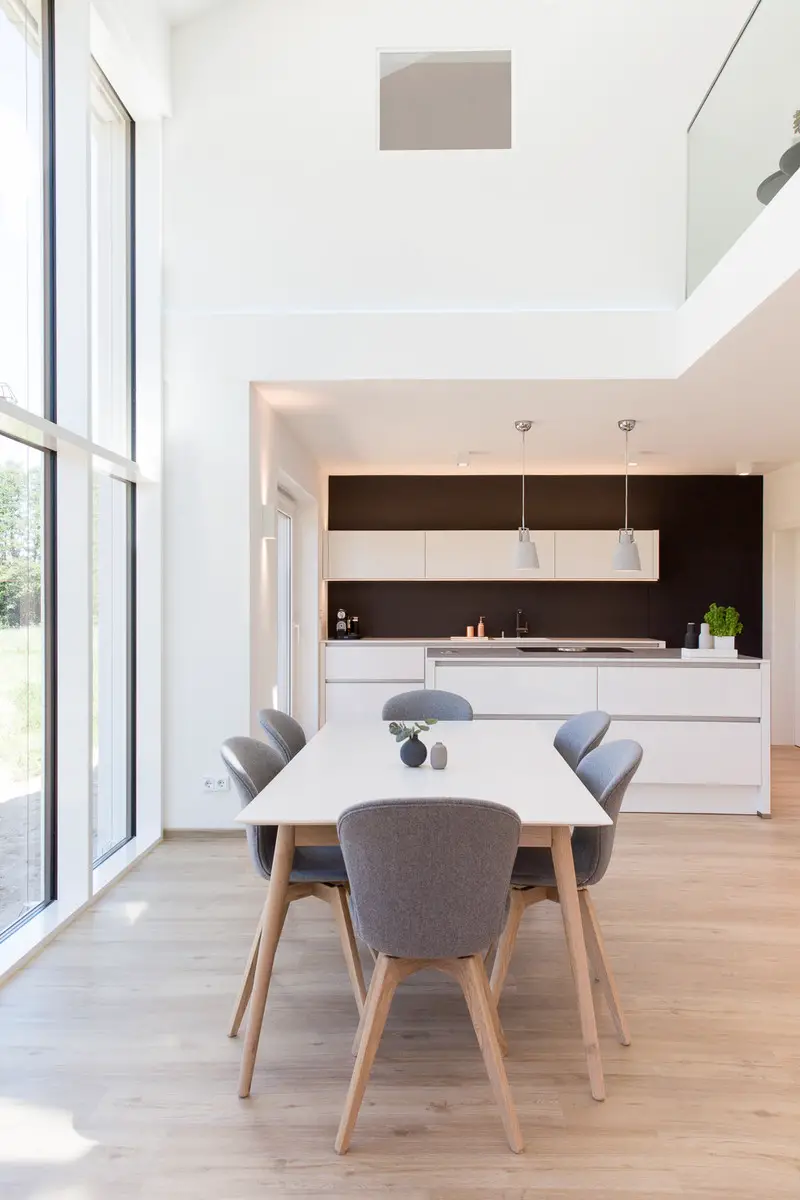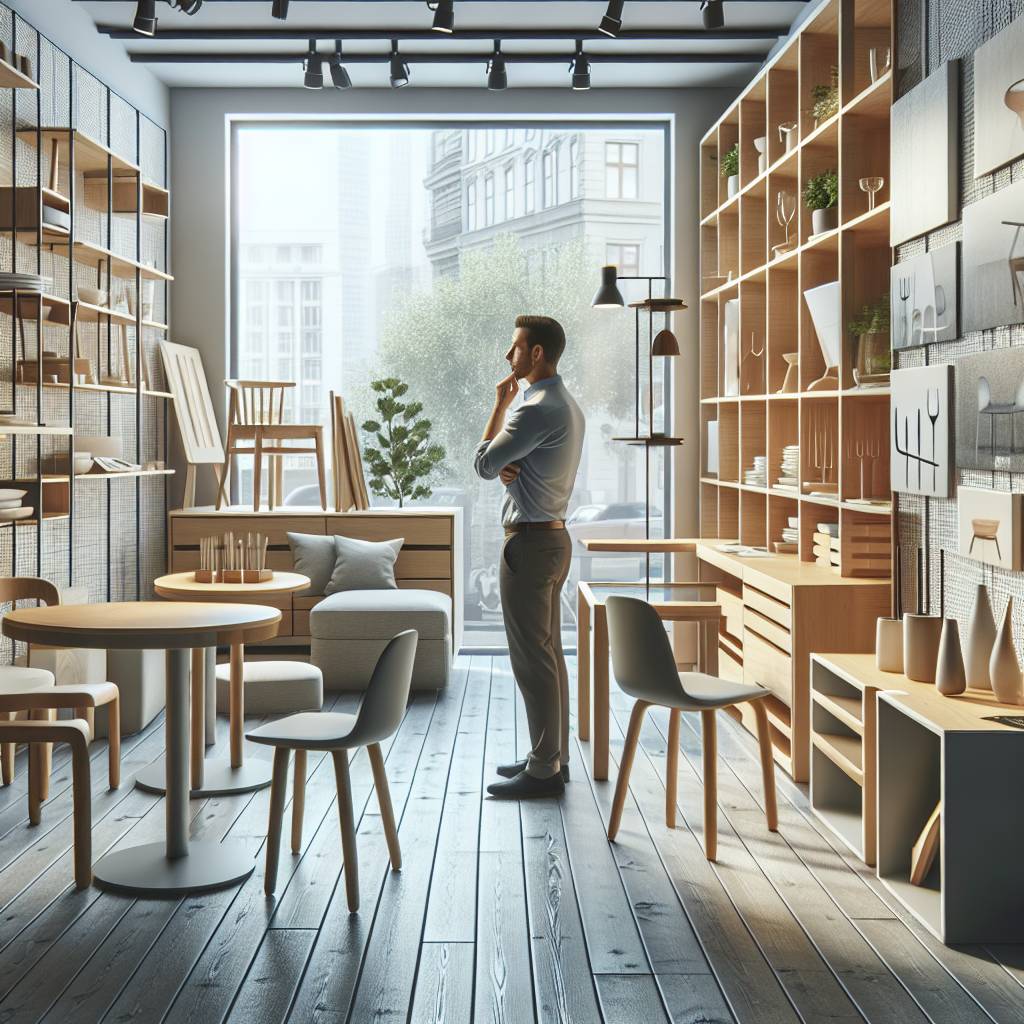Imagine transforming your dining area into a captivating space with the perfect textured wall treatment. From rustic exposed brick to elegant wainscoting, the right texture can add depth and character, elevating your dining experience. Whether you’re aiming for a cozy farmhouse ambiance or a modern chic look, there’s a textured wall treatment to suit every taste. Get ready to discover how these tactile surfaces, such as textured wall ideas and carpet, have been used throughout history to create inviting dining spaces that stand the test of time.
Key Takeaways
- Enhance Dining Spaces: Textured wall treatments can add depth and character to dining areas, creating a visually appealing and inviting atmosphere for your guests.
- Consider Texture Selection: When choosing textured treatments, consider the overall style and ambiance you want to achieve in your dining area, and select textures that complement the existing decor and furniture.
- Innovative Design Ideas: Explore innovative texture ideas such as 3D panels, geometric patterns, or metallic finishes to bring a modern and unique touch to your dining space.
- Create Focal Points: Utilize textured accent walls to draw attention to specific areas in the dining room, adding visual interest and serving as a focal point for the room’s design.
- Material Selection Matters: The choice of materials for texture, such as wood, stone, or fabric, can significantly impact the overall look and feel of the dining area, so choose wisely based on your desired aesthetic.
- Personalize with Modern Textures: Implement modern textures and finishes to customize the design of your dining area, reflecting your individual style and creating a space that feels uniquely yours.
The Allure of Textured Walls
Visual Impact
Textured walls in dining areas create a captivating visual impact, instantly drawing attention and adding a unique charm to the space. By incorporating textured wall treatments, dining areas can be transformed into visually engaging environments that leave a lasting impression on guests. Whether it’s through the use of textured paint, wallpaper, or other materials, these treatments offer an opportunity to infuse depth and interest into the walls surrounding the dining area.
The play of light and shadow on textured walls adds dimension to the room, making it more visually appealing. Using textured paint techniques like stippling or rag-rolling creates intricate patterns that catch and reflect light differently throughout the day. This dynamic interaction with light enhances the overall ambiance of the dining area.
Depth and Character
Adding texture to entire walls brings about a sense of depth and character that goes beyond what traditional flat surfaces can offer. It introduces an element of personality into the dining space, creating an environment that feels warm and inviting. When considering textured wall ideas, think about how different textures evoke different emotions; rough textures can add a rustic charm while smoother textures may exude modern elegance.
By embracing various forms of textured wall treatments, such as embossed wallpapers or decorative panels, homeowners have endless possibilities for infusing character into their dining areas. These design elements serve as conversation starters during gatherings while also contributing to an intimate atmosphere where guests feel comfortable and welcomed.
Modern Aesthetics
Incorporating textured wall designs offers an avenue for achieving modern aesthetics within dining spaces. With contemporary interior design trends placing emphasis on tactile experiences, textured walls provide opportunities for creative expression while aligning with current style preferences.
For example, utilizing sleek materials like polished plaster or metallic finishes can contribute to a sophisticated modern look in dining areas. Experimenting with geometric patterns or 3D tiles, dining room accent wall further elevates the visual appeal by introducing avant-garde elements into otherwise conventional spaces.
Material Variety
When exploring options for implementing textured wall treatments, homeowners have access to a wide array of material choices ranging from plaster to wood and everything in between. Each material brings its own set of characteristics—whether it’s warmth from natural wood surfaces or industrial chic from exposed concrete—that allows individuals to tailor their choices based on desired aesthetics and functional requirements.
By leveraging diverse material options for creating textured walls
Choosing Textured Treatments
Material Selection
Carefully selecting materials is crucial for achieving the desired textured wall effect in dining areas. The materials chosen should complement the overall design scheme and contribute to the ambiance of the space. Consider factors such as durability and maintenance when choosing textured wall treatments. For example, natural materials like wood or stone can add a rustic, earthy texture to the walls, while metallic finishes can create a more modern and industrial feel.
When considering material selection for textured wall treatments, it’s essential to think about how different materials interact with other elements in the dining area. For instance, pairing rough-textured walls with smooth leather dining chairs can create an interesting contrast that adds visual appeal to the space.
Color Considerations
Choosing colors that enhance both the texture and ambiance of dining area walls is key when implementing textured wall treatments. Different colors interact with textures in unique ways, creating visual interest within the space. For example, warm tones like terracotta or deep reds can bring out the richness of a textured finish, while cool blues or greens might lend a calming effect to the room.
Color considerations play a significant role in determining how impactful textured wall treatments are within a dining area. By carefully selecting colors that harmonize with both the texture and overall design scheme of the room, homeowners can achieve a cohesive look that elevates their dining experience.
Lighting Effects
Utilizing lighting strategically can accentuate textures on dining area walls and create dramatic effects within this space. Whether through recessed lighting highlighting specific textural features or track lighting casting shadows across uneven surfaces, lighting plays an integral role in bringing out depth and dimension from these treatments.
By manipulating light sources within a room featuring textured wall treatments—such as using uplights to cast intriguing shadows—homeowners have an opportunity to make these design elements truly stand out.
Room Size
Tailoring textured wall treatments according to varying sizes and proportions of different dining areas is essential for creating visually impactful spaces. The right choice of textures has transformative potential; for instance, vertical lines may elongate perceived height while horizontal patterns could widen visual width—a useful illusion especially for smaller rooms where spaciousness is desired.
Innovative Texture Ideas
Organic Motifs
Consider incorporating nature-inspired textures like leaf patterns or floral designs. These can add a sense of tranquility and freshness to the dining area, creating a soothing atmosphere for meals. For instance, using wallpaper with botanical prints or textured paint that mimics natural elements such as wood grain can bring an earthy charm to the space.
Organic motifs are also versatile and can complement various interior styles, from modern farmhouse to bohemian chic. By integrating these organic textures into the dining area, you can infuse warmth and a touch of whimsy while establishing a connection to the outdoors within your home.
Another way to incorporate organic motifs is by utilizing materials like wicker or rattan for wall decor or installing wooden panels with intricate carvings. These elements not only provide visual interest but also contribute to a cozy and inviting ambiance in the dining space.
Faux Finishes
Faux finishes offer an array of creative options for adding texture to dining area walls without the need for expensive materials. Techniques such as sponging, rag rolling, or stippling create depth and dimension through layers of paint application. This allows you to achieve looks resembling stone, marble, or even aged plaster on your walls.
One advantage of faux finishes is their ability to emulate luxurious textures at a fraction of the cost. For example, by applying metallic glazes using specialized tools like sea sponges or rags, you can achieve a sophisticated shimmering effect that elevates the overall aesthetic appeal of your dining space.
Furthermore, faux finishes provide an opportunity for personal expression through custom color combinations and application methods. Whether aiming for an old-world European charm with Venetian plaster techniques or seeking a contemporary vibe with concrete-inspired finishes, faux treatments allow homeowners to experiment with diverse styles tailored specifically to their preferences.
Creating Accent Walls
Focal Points
Dining room accent walls serve as excellent focal points in a space. By incorporating textured wall treatments, you can draw attention to the area where your dining table is situated. This can elevate the overall aesthetic appeal of the room and create a visually engaging environment for your family and guests.
Textured wall treatments such as 3D panels, wood planks, or even wallpaper with raised patterns can instantly transform a plain wall into an eye-catching feature. For example, installing reclaimed wood planks on one wall can bring warmth and character to the dining area, making it feel cozier and more inviting. These textural elements not only add visual interest but also contribute to creating a distinct ambiance within the space.
In addition to adding depth and dimension to the dining area, these textured wall treatments are versatile enough to complement various interior design styles. Whether your dining room features modern minimalism or rustic charm, there’s a textured accent wall approach that can harmonize with the existing decor while injecting personality into the space.
Artistic Approaches
When exploring artistic approaches for dining room accent walls, consider incorporating materials like stone veneer or decorative tiles that emulate natural textures. These options allow you to introduce an element of nature indoors while infusing elegance into the dining area’s design scheme.
For instance, using stacked stone veneer on an accent wall creates a striking focal point reminiscent of upscale restaurants or stylish urban eateries. This approach adds sophistication and luxury without overwhelming the space—perfect for elevating formal dinner settings or casual family meals alike.
Moreover, embracing artistic freedom through unique textural applications such as geometrically patterned tiles opens up endless possibilities for expressing creativity in your dining room decor. With carefully selected colors and patterns that resonate with your personal style preferences, this artistic approach allows you to customize your dining area according to your taste while integrating captivating visual interest through tactile surfaces.
Using Materials for Texture
Natural Elements
Natural elements can create a warm and inviting atmosphere. Utilizing materials such as bricks, stones, or wood can bring a sense of nature indoors. For example, exposed brick walls can add a rustic charm to the dining area, while stone veneers can provide an earthy texture.
Using natural elements not only adds visual interest but also introduces tactile sensations that enhance the dining experience. The rough surface of bricks or the grainy texture of wood panels creates depth and character within the space. By incorporating these materials into the design, it’s possible to establish a cozy and intimate ambiance for diners to enjoy their meals.
Incorporating natural elements like bricks or stones into textured wall treatments provides an opportunity to infuse organic beauty into dining spaces. These materials offer durability and timeless appeal while contributing to a welcoming environment that encourages relaxation and enjoyment during meals.
Industrial Chic
For those seeking a more contemporary aesthetic, industrial chic textures are an excellent choice for enhancing dining areas. Concrete finishes, metal cladding, or distressed surfaces can introduce an urban-inspired vibe with edgy sophistication. Consider using concrete panels on accent walls for a modern industrial look that exudes raw elegance.
Industrial chic textures bring about an element of urban flair while maintaining a sleek and polished appearance in dining spaces. The contrast between smooth concrete surfaces and sleek metal accents creates an intriguing visual impact that complements modern interior designs effortlessly.
By incorporating industrial chic textures into dining areas through innovative material choices like concrete or metal cladding, it’s possible to achieve a sophisticated ambiance with hints of urban charm.
Fabric Illusions
Fabric illusions present another captivating approach to adding texture on walls within dining areas without relying solely on traditional building materials like wood or stone. Textured wallpapers featuring fabric-like patterns create visual interest by simulating various textiles such as silk, linen, or velvet.
These fabric-inspired textured wall treatments offer versatility in terms of design possibilities as they come in an array of colors and patterns suitable for different interior styles. From subtle weaves to bold damask prints, these wallpapers allow homeowners to experiment with diverse looks without committing to permanent structural changes.
Integrating fabric illusions through textured wallpapers enables individuals to explore creative expressions within their dining spaces while introducing unique textural dimensions that contribute significantly toward achieving visually appealing interiors.
Implementing Modern Textures
Sleek Lines
Sleek lines can add a touch of modern elegance. Consider incorporating materials like wood or metal with clean, straight lines to achieve a contemporary look. For instance, using wood paneling with horizontal grooves can create a sense of sophistication and warmth in the dining space. This approach not only adds visual interest but also introduces a tactile element that can enhance the overall dining experience.
Opting for wallpaper with subtle linear patterns can contribute to the desired textured effect without overwhelming the space. The key is to maintain simplicity while introducing texture through sleek lines, ensuring that the dining area feels inviting and visually appealing.
Unique Finishes and Effects
Metallic Sheen
Adding a metallic sheen to your dining area walls can bring an elegant and modern touch. Consider using metallic paint or wallpapers with metallic accents to create a luxurious atmosphere. The reflective quality of the metallic finish can enhance the lighting in the room, making it feel more spacious and inviting.
Metallic finishes are versatile and can complement various interior design styles, from contemporary to industrial. They can also add a touch of glamour without overwhelming the space. For example, you could opt for a soft gold metallic finish for a subtle yet sophisticated look, or choose silver for a sleek and modern aesthetic.
Plaster Techniques
Exploring plaster techniques is another way to introduce texture to your dining area walls. Venetian plaster, for instance, creates a smooth but visually tactile surface that adds depth and character to the space. It’s an excellent option if you’re aiming for a luxurious ambiance with its lustrous finish.
Another popular technique is textured plastering using tools like trowels or spatulas to create unique patterns on the wall. This method allows you to achieve custom textures that mimic natural elements such as stone or marble. By incorporating different colors into the plaster mix, you can further customize the look of your dining area walls.
Rustic Charm
For those seeking warmth and coziness in their dining areas, embracing rustic charm through textured wall treatments is ideal. One approach is using reclaimed wood paneling or shiplap to add dimension while infusing a sense of nostalgia into the space. These materials bring natural textures indoors and create an inviting atmosphere reminiscent of charming countryside homes.
Applying faux finishing techniques such as distressed paint or weathered effects can contribute to achieving rustic appeal on your dining area walls. These methods simulate aged surfaces with imperfections that exude character and authenticity—perfect for creating an intimate setting where family gatherings feel even more special.
Diverse Textured Styles
Vintage Flair
Enhancing dining areas with textured wall treatments can bring a touch of vintage flair. Consider incorporating distressed or weathered textures to evoke a sense of history and charm. Think about using reclaimed wood panels, which not only add texture but also contribute to a sustainable design approach. These textured walls can create an inviting atmosphere, perfect for cozy family dinners or intimate gatherings.
Another way to infuse a vintage vibe into dining spaces is by utilizing faux finishes such as Venetian plaster or rag rolling techniques. These methods mimic the look of aged surfaces and provide depth and character to the walls. By choosing warm, earthy tones like terracotta, ochre, or olive green, you can further enhance the nostalgic ambiance in the dining area.
Considerations:
- Reclaimed wood panels for sustainability
- Faux finishes like Venetian plaster for an aged appearance
Contemporary Edge
For those seeking a more modern aesthetic, textured wall treatments offer opportunities to introduce contemporary elements into dining areas. Embrace sleek and sophisticated textures such as polished concrete or metallic finishes that exude urban chic. These styles complement minimalist decor and clean lines while adding visual interest through their unique tactile qualities.
Incorporating geometric patterns through textured wallpapers or 3D wall panels can also lend a contemporary edge to the space. Opt for monochromatic color schemes with bold pops of color for an impactful contrast against these textural backdrops. The interplay between light and shadow on these surfaces creates dynamic visual effects that elevate the overall ambience of the dining area.
Customized Textured Designs
Personalized Themes
Personalized themes can add a unique touch to the space. Consider creating a customized design that reflects your personal style and complements the overall ambiance of the dining area. For example, if you’re fond of nature, incorporating a textured wall treatment with leaf patterns or earthy tones can bring an organic and soothing vibe to the dining space. This personalized theme not only adds visual interest but also creates a welcoming atmosphere for gatherings and meals.
Another way to incorporate personalized themes is by using stencils or decals to create specific designs on the walls. Whether it’s geometric shapes, intricate patterns, or even meaningful quotes, these custom elements can elevate the aesthetic appeal of the dining area while reflecting your individual taste and preferences.
DIY Projects
Embarking on DIY projects for textured wall treatments in dining areas allows you to unleash your creativity while adding character to the space. One popular method is creating a faux brick or stone texture using specialized paint techniques. By applying layers of paint with different shades and utilizing tools like sponges or brushes, you can achieve a realistic textured look that adds depth and warmth to the walls.
Moreover, experimenting with materials such as wood panels, fabric, or even textured wallpapers opens up endless possibilities for DIY textured wall treatments. These materials can be easily applied using adhesive products suitable for interior surfaces. With some ingenuity and effort, you can transform plain walls into captivating focal points that enhance the overall ambiance of your dining area.
Summary
You’ve explored the captivating world of textured wall treatments, discovering a myriad of innovative ideas to elevate your dining area. From choosing the right textures to implementing modern designs and unique finishes, you now have a wealth of inspiration at your fingertips. Whether it’s creating accent walls or customizing textured designs, the possibilities are as limitless as your imagination.
Now it’s time to roll up your sleeves and bring these ideas to life. Experiment with different materials, mix and match diverse textured styles, and let your creativity run wild. Transform your dining space into a stunning showcase of texture and style that reflects your personality. Embrace the tactile allure of textured walls and watch how they breathe new life into your dining area.
Frequently Asked Questions
What are the benefits of textured wall treatments for dining areas?
Textured wall treatments add depth and character to dining spaces, creating a visually appealing backdrop. They can also help to enhance the ambiance and provide a unique sensory experience for diners.
How do I choose the right textured treatment for my dining area?
Consider factors such as the overall style of your space, desired atmosphere, and personal preferences. Experiment with different textures like stucco, wood paneling, or wallpaper to find what complements your dining area best.
Can textured walls be used to create accent walls in a dining area?
Yes, using texture on an accent wall can draw attention to specific areas within your dining space. It’s a great way to introduce visual interest and highlight architectural features or decorative elements.
What materials can be used to create texture on walls in a dining area?
Various materials such as plaster, stone veneer, reclaimed wood panels, or even fabric can be utilized to achieve different textural effects. Each material offers its own unique tactile and visual appeal.
Are there any modern techniques for implementing textured walls in a dining area?
Modern approaches include innovative finishes like metallic paints or geometric patterns that add contemporary flair. 3D wall panels or digital printing techniques offer cutting-edge options for creating dynamic textures in dining areas.






